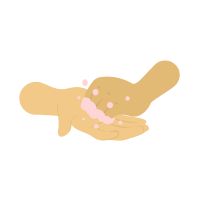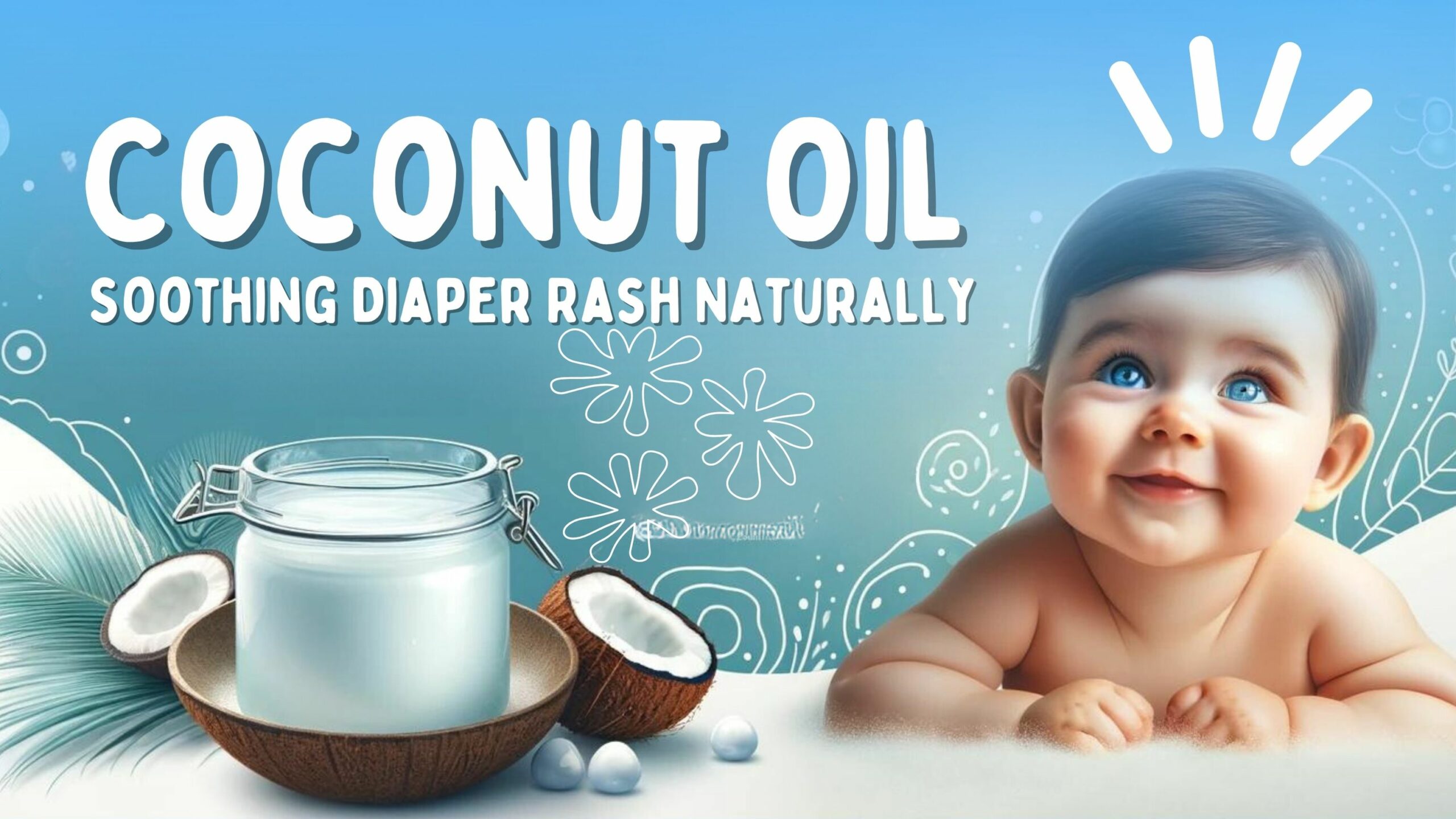Diaper rash is a common concern for parents, marked by red, inflamed skin in the diaper area of infants and young children.
It can cause discomfort and distress for the child and the caregiver, making effective treatment and prevention a priority in infant care.
Table of Contents
ToggleWhat Causes Diaper Rash?
Diaper rash typically results from prolonged exposure to moisture, friction from the diaper against the skin, and contact with irritants such as urine and feces.
Additionally, diaper rashes can be exacerbated by bacterial or yeast infections, particularly in a diaper’s warm, moist environment.
- Moisture and Friction: The combination of moisture and friction can break down the skin’s protective barrier, leading to irritation and rash.
- Irritants: Urine and feces contain substances that can irritate infants’ delicate skin, causing or worsening diaper rash.
- Infections: The diaper area’s environment is conducive to the growth of bacteria and yeast, which can infect and complicate existing rashes.
Symptoms of Diaper Rash
Identifying diaper rash early can help in treating it more effectively. Common symptoms include:
- Red, puffy skin in the diaper area
- Increased fussiness or discomfort during diaper changes
- The appearance of sores or blisters in severe cases
Recognizing these signs allows for timely intervention, reducing discomfort and preventing the rash from worsening.[Source]
Prevention Tips for Diaper Rash
Preventive measures are key to managing diaper rash. These include:
- Frequent diaper changes to keep the skin dry
- Allowing the skin to air out whenever possible
- Use gentle, fragrance-free wipes or a soft cloth with water for cleaning
- Applying a protective barrier cream or ointment to shield the skin from irritants
The Benefits of Coconut Oil for Diaper Rash
In the quest for gentle and effective treatments for diaper rash, coconut oil has emerged as a popular natural remedy among parents.
Known for its soothing and healing properties, coconut oil offers a safe and gentle option for relieving diaper rash symptoms.
Natural Anti-Inflammatory Properties
Coconut oil contains natural anti-inflammatory compounds that can help reduce the redness and irritation associated with diaper rash.
Its soothing effect on the skin makes it an ideal choice for calming inflamed areas and providing comfort to distressed infants.
Moisturizing and Healing
Rich in medium-chain fatty acids, such as lauric acid, coconut oil is highly moisturizing and can help restore the skin’s barrier.
This not only aids in healing the rash more quickly but also prevents further moisture loss, keeping the skin soft and supple.
Antibacterial and Antifungal Effects
The antimicrobial properties of coconut oil can also be beneficial in preventing or treating diaper rash complicated by yeast or bacterial infections.
Lauric acid, in particular, has been shown to have antibacterial and antifungal activities, which can help keep the diaper area clean and reduce the risk of infection. [Source]
How to Use Coconut Oil for Diaper Rash

Pure Coconut Oil
Look for organic, virgin coconut oil to ensure it’s free from additives & chemicals.

Diaper Area
Gently clean your baby’s bottom effected area with warm water and a soft cloth. Pat dry.

Apply Coconut Oil
With clean hands, apply a thin layer of coconut oil to the affected
area.

Absorb the Oil
Before putting on a new diaper, let the skin absorb the oil for a few minutes.
Rougier Ihle’s Paste: An Effective Alternative
While coconut oil is a natural and effective remedy for mild diaper rash, more severe cases or those not responding to home treatment may require a specialized product.
Rougier Ihle’s Paste is formulated to provide relief from diaper rash with its protective and healing properties.
It serves as an excellent alternative or complement to coconut oil, offering additional protection against moisture and irritants.
Conclusion
Coconut oil is a versatile, natural remedy for treating diaper rash, offering anti-inflammatory, moisturizing, and antimicrobial benefits.
For parents seeking a gentle and effective solution, coconut oil, alongside options like Rougier Ihle’s Paste, can provide relief and protection for their baby’s delicate skin.
Always consult with a healthcare provider for persistent or severe diaper rash symptoms.
Frequently Ask Question
Q. Is it safe to use coconut oil for diaper rash?
Ans: Yes, coconut oil is safe to use for diaper rash in most infants. Its natural, gentle properties make it an excellent choice for soothing and protecting sensitive skin.
Coconut oil is free from harsh chemicals and additives, reducing the risk of further irritation.
However, as with any new product, it’s advisable to do a patch test first or consult with a pediatrician, especially if your baby has known allergies or very sensitive skin.
Q. Does coconut oil remove the rash?
Ans: Coconut oil can effectively alleviate the symptoms of diaper rash by moisturizing the skin and reducing inflammation.
While it may not “remove” a rash overnight, consistent application can promote healing and provide a protective barrier against moisture and irritants, which are common causes of diaper rash.
For more persistent or severe rashes, consider combining home remedies like coconut oil with a medicated product like Rougier Ihle’s Paste for enhanced treatment.
Q. Why does coconut oil help rashes?
Ans: Coconut oil helps rashes due to its rich content of medium-chain fatty acids, like lauric acid, which possess anti-inflammatory, moisturizing, and antimicrobial properties.
These qualities make coconut oil effective in soothing the skin, reducing redness and irritation, and preventing infection.
Its ability to form a protective barrier on the skin also helps shield the affected area from further irritation.
Q. What not to use for diaper rash?
Ans: When treating diaper rash, avoid products containing harsh chemicals, fragrances, or alcohol, as these can exacerbate skin irritation.
Also, steer clear of using highly occlusive barriers like petroleum jelly on fungal or yeast-related rashes without consulting a healthcare provider, as these can create an environment that fosters the growth of yeast.
